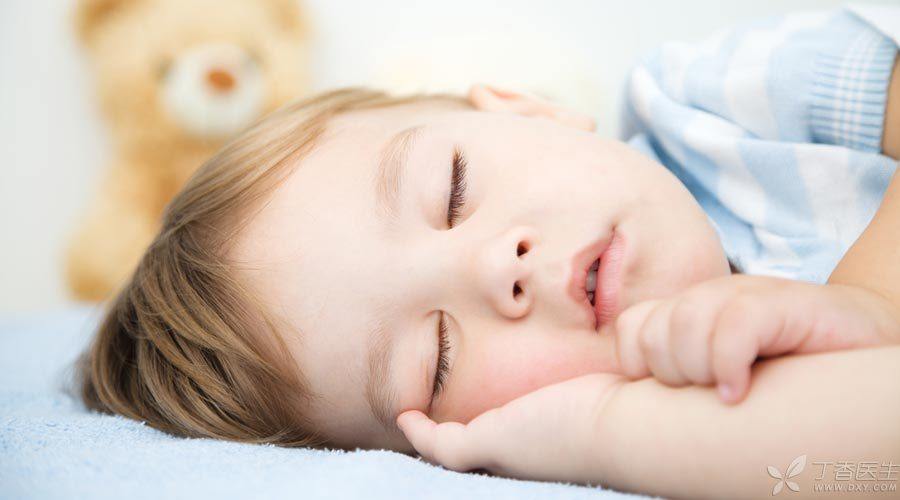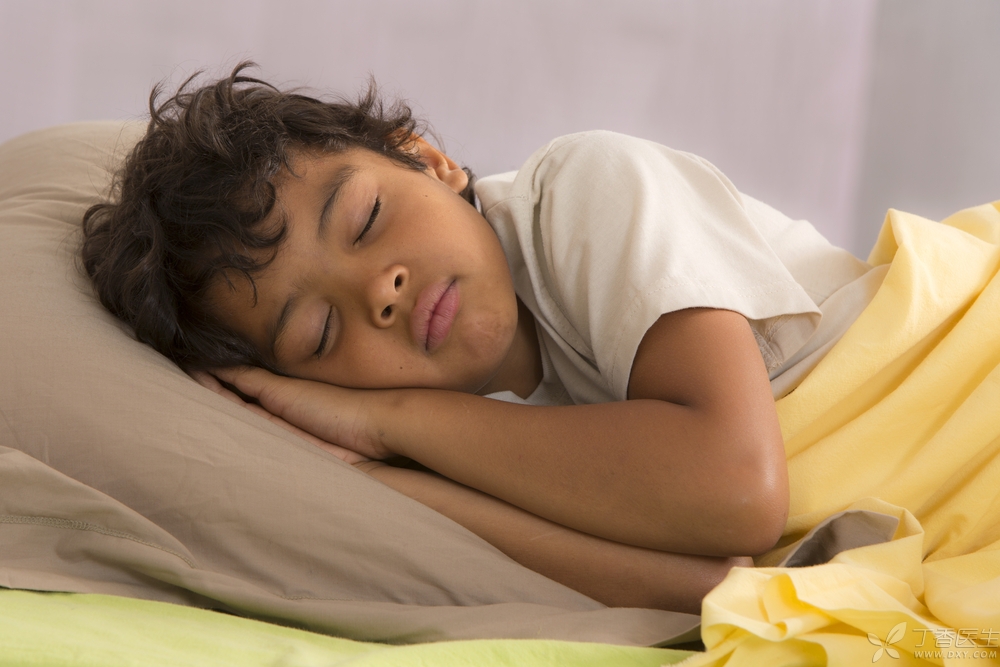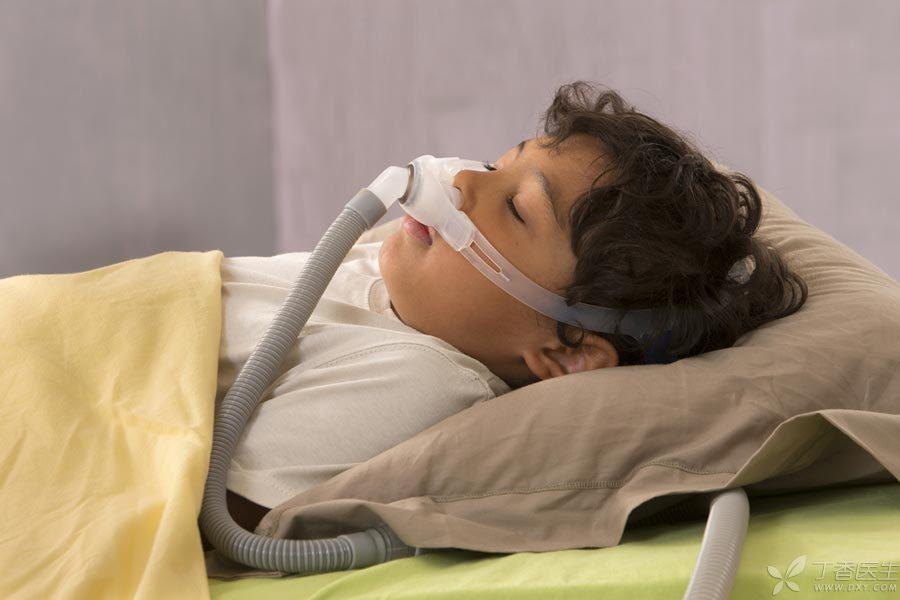
Whether you fall asleep late at night or take a nap at noon, it is always a happy thing to watch your child sleep in the dreamland. When you hear your child snoring, parents always smile and think: Look how well your child sleeps.
But is snoring really a sign of sleeping soundly?
From a medical point of view, snoring (snoring) in children is considered as a kind of sleep disorder, but it is not necessarily a good thing.
Why do you snore
Snoring in children is directly related to airway stenosis and collapse during sleep.
When breathing, the air flow should enter the trachea through the mouth, nose, throat and other parts. In the middle process, any place where the air flow is not unobstructed may make a sound.
1. Harmless situations
When a person is lying down, the space behind his throat and Tongue will be narrower than when he is sitting or standing.
After falling asleep, the muscle tension will be further reduced and the space will be narrower. At this time, it is easy to purr because the air flow is blocked.
If snoring is slight, uniform and consistent, there is no apnea, and sleep quality is not affected, it generally does not constitute a health hazard.
2. Attention should be paid to these situations
However, some children snore because of structural or functional abnormalities in nasal cavity, oropharynx, throat, etc.-such as nasal septum curvature, turbinate hypertrophy, adenoid hypertrophy, etc.-and often cause sleep and breathing disorders in children, which requires parents to pay special attention.
In addition, systemic factors such as obesity and asthma can also induce sleep respiratory disorders in children, one of which is snoring during sleep.
Clinically, hypertrophy of tonsils and adenoids is the main cause of sleep apnea disorders in children, and obstructive sleep apnea syndrome (OSAS) is also a serious manifestation.

Possible hazards of snoring
Compared with simple snoring, snoring with obstructive sleep apnea syndrome (OSAS) requires more attention from parents.
Obstructive sleep apnea will lead to children not being able to inhale enough oxygen and discharge carbon dioxide during sleep. The hypoxemia and hypercapnia caused by this will make children repeatedly [wake up], with poor sleep quality, poor mental state, decreased learning ability, and even cause growth and development disorders, heart and lung dysfunction, nerve injury, etc. in serious cases.
In addition, long-term oral breathing will also cause facial development and deformation:
What if you snore
STEP 1 Identify reasons
When parents go to consult a doctor because of their children’s snoring, the doctor will carefully inquire about the medical history first to preliminarily judge whether the children’s snoring is simple or belongs to more serious obstructive sleep apnea.
However, if the child is accompanied by respiratory interruption, frequent turning over and waking up at night in addition to snoring, likes to lie on his knees, opens his mouth to breathe during the day, and is lethargic or hyperactive during the day, parents should be alert to whether the child has obstructive sleep apnea.
In case of the above situation, doctors often recommend [night polysomnography examination].
It should be noted that due to the limitation of existing medical resources, it is unrealistic to carry out this examination on every child who comes to see a doctor. And there is such a situation that even if the symptoms indicate obstructive sleep apnea, the sleep examination results may still be normal.
Therefore, night sleep video recording, nap or polysomnography examination during outpatient service are also often used as methods to help diagnose.

2. Deal with the causes
For simple slight snoring, first consider losing weight and changing sleep posture.
If children with obstructive sleep apnea syndrome complicated with tonsil and adenoid hypertrophy are confirmed, surgical treatment is the first choice. Tonsillectomy or adenoidectomy has definite curative effect and can significantly improve children’s daytime behavior and sleep quality.
For children with mild OSAS, children who are not suitable for surgery, or patients who have undergone surgery but still have sleep apnea, continuous positive airway pressure (CPAP) therapy can be tried, i.e. Continuous airflow is sent into the airway with nasal mask during sleep.
The use of nasal spray hormone and oral anti-leukotriene drugs can also reduce hypertrophic adenoids to a certain extent and improve nasal ventilation.
